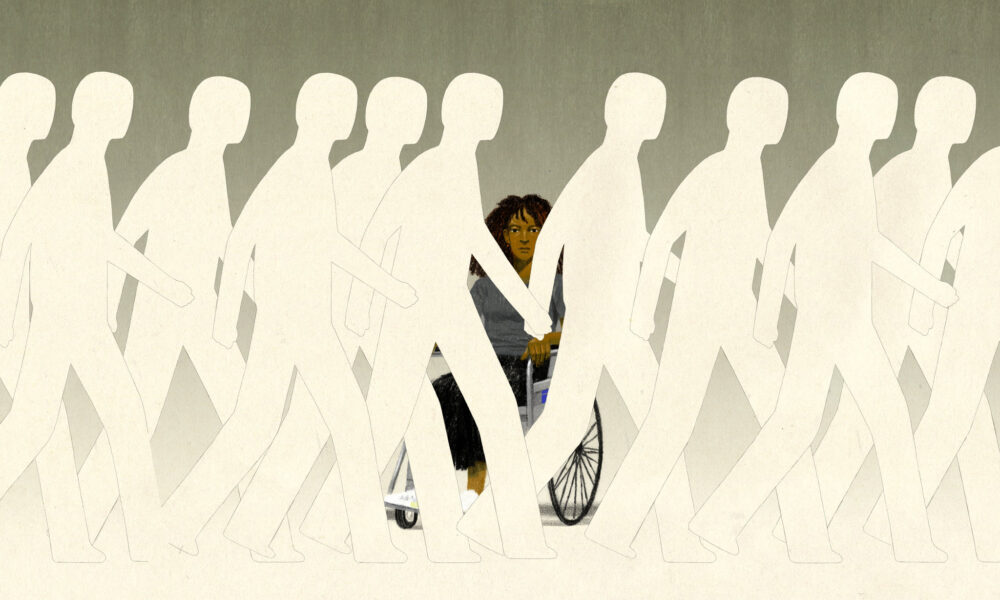Nobody enjoys trekking from New Residence Hall to McMed in subzero temperatures to make it to an 8:30 a.m. lecture. Most people take their ability to walk into class or a library building for granted. Montreal’s winters are particularly brutal, and the city is infamous for its never-ending construction. For able-bodied people, however, these are just inconvenient factors to consider before stepping out the door. For disabled students, staff, and faculty members, the lack of physical accessibility at McGill and in Montreal is a constant reminder of the painful reality of an ableist world. If McGill wants to become the inclusive institution it claims to be, it must prioritize an accessible campus for all of their students.
McGill’s campus is an accessibility nightmare. From steep hills, incessant construction work and cracked curbs, getting around quickly and easily is a privilege reserved for able-bodied people. Even if disabled folks manage to navigate the hellish campus layout, the barriers do not end there. Although the Accessible Canada Act strives to remove accessibility barriers across the country, it only applies to buildings under federal jurisdiction. As such, universities like McGill are not legally bound by the act. This makes for a poorly-planned campus that actively prevents disabled students from accessing education. Although ramps and automatic doors make McGill buildings more accessible, they need to be functional and well-maintained. Steep and narrow ramps like those leading up to Stewart Biology North are hazards, especially during the winter when they are often covered in snow and ice, rendering them completely useless. Automatic doors do not always work and are often blocked by newsstands, mask dispensers, and idling students.
Although McGill has measures meant to increase accessibility, such as the Adapted Mobility Bus, these initiatives fail to include all of the students who need mobility assistance but may not meet the required standards set by the school. The process requires users to be registered with the Student Accessibility and Achievement office and to have a formal diagnosis or a letter from a health professional. These requirements assume that students have access to quality medical care and essentially push them to prove that they are disabled enough to receive accommodations. Furthermore, the bus services are insufficient as the singular vehicle only runs Mondays to Fridays from 8 a.m. to 4 p.m. This essentially leaves any student whose classes end after 4:01 p.m. unable to move around campus.
Driving is an option for disabled students, but many do not have access to their own cars. Even if they did, proximity parking permits are reserved for faculty and staff members, who still have to go through a lengthy application process.
Institutional barriers are not the only things making campus inaccessible. Individuals can contribute to the problems, and people often see disability signage as optional. This can range from parking in front of ramps or on curb cuts to leaving bikes on sidewalks and using their feet to open doors and push buttons. When an institution is already actively excluding disabled students, it is discouraging to see our peers contribute to endless inaccessibility issues.
True anti-ableist change must combine institutional efforts as well as social ones. This starts with knowledge and awareness of mobility issues and disability rights. A great way to start is to unlearn ableist biases of what disability looks like in the first place. Not every person with mobility issues is a wheelchair user or visibly disabled. On the other hand, people should critically assess their environments and question why visibly disabled people may not interact with spaces in the same way. Inaccessibility is not a coincidence, and a lack of accessible public spaces marginalizes disabled people and keeps them from accessing their rights to education, medical care, and ultimately, a barrier-free life. McGill owes it to their students to reconsider their accessibility efforts and allocate enough resources to push for transformative change.








